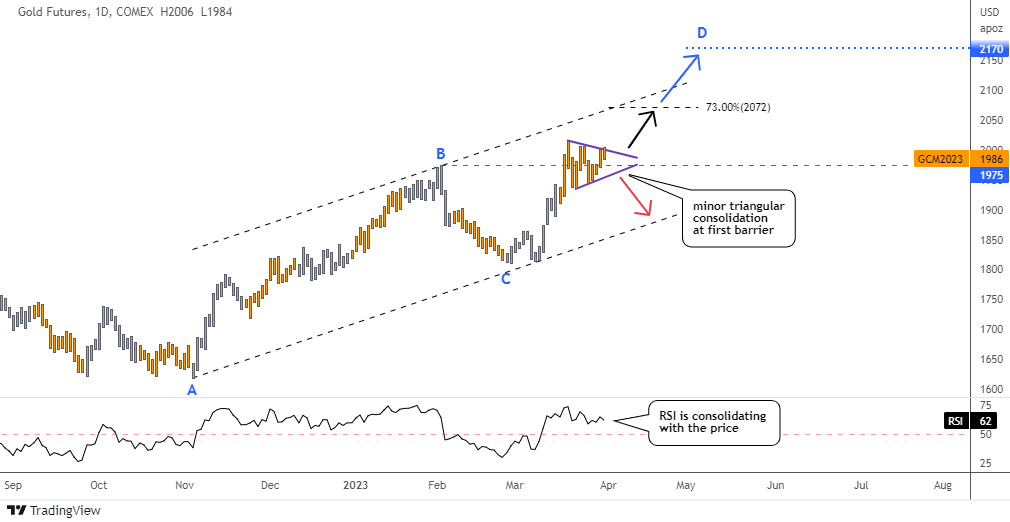Recently the renowned stock picker and Tesla (TSLA) bull made a new price prediction on the automaker, which sounds just as crazy as the last time she made a wild prediction, but the first prediction has come true, and then some.
Cathie Woods is the Founder and lead stock picker for the Ark Invest family of exchange-traded funds. Woods initially started Ark Invest in 2014 and made heavy bets on technology companies.
She became a household name when her original $2,000 price target on Tesla, when the stock was trading for around $300 per share, came true on a split-adjusted basis.
When Cathie initially made her case for Tesla at $2,000, people thought she had lost her mind. They couldn't understand how she arrived at that valuation and why she was so confident in that prediction.
Which, by the way, she was, considering she invested millions in Tesla before it went on its run higher.
Those investments in several different Ark Invest ETFs helped propel several Ark ETFs into the top ten best-performing ETFs for several years in a row.
Cathie is at it again, possibly giving investors a second chance to catch lightning in a bottle.
Cathie Woods Ark Invest owns a little more than $850 million worth of Tesla stock (stock price is currently around $170 per share). She believes the stock price can go to at least $1,400 per share by 2027.
That price is her bear case scenario, with a bull case scenario of $2,500 and a base case price of $2,000 per share. Those figures would represent an eight, eleven, and fourteen-fold return from today's price.
Furthermore, the base-case price of $2,000 per share would give Tesla a market capitalization of $6.3 trillion. For context, two of the largest companies in the world Apple (AAPL) and Microsoft (MSFT), have market caps of $2.7 trillion and $2.2 billion. At $6.3 trillion, Tesla would be worth more than both of them combined. Continue reading "Cathie Woods: Bold Prediction for Tesla"

